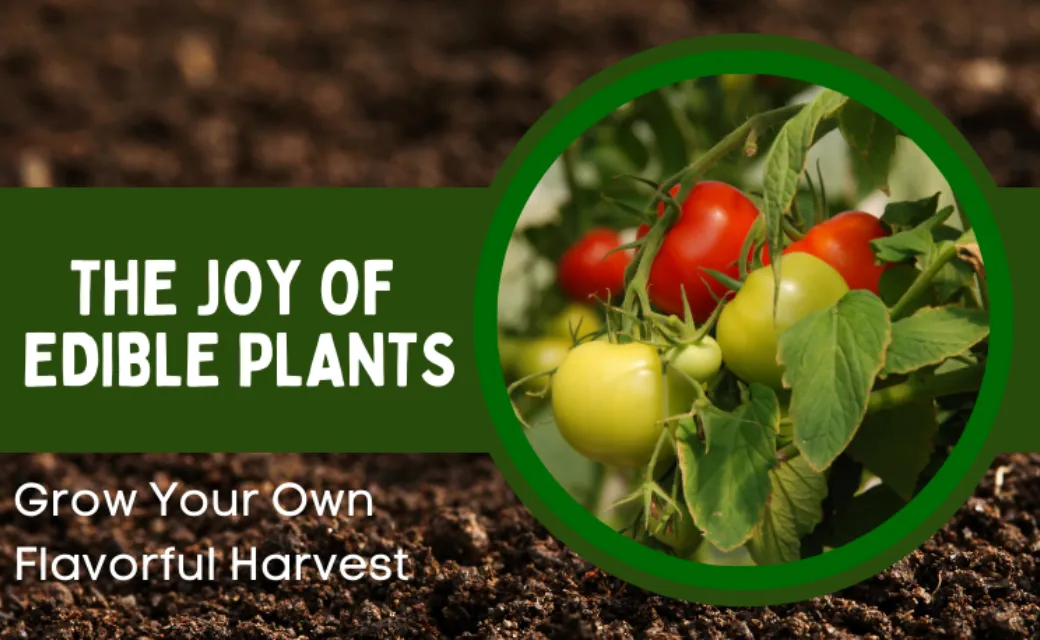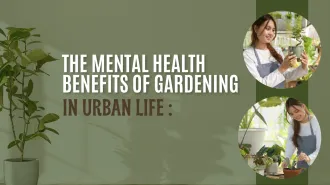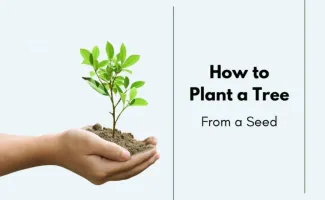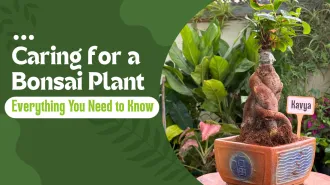The Delight of Edible Flowers: Cultivate Your Own Flavourful Harvest
In a universe where ingredients can be the difference between a great meal and a mediocre meal, edible plants provide the opportunity to add some flavor to your life while embracing nature. With a large backyard or simply a couple pots on the balcony, cultivating your own edible plants can be a fulfilling endeavor. In this post, we will discuss the advantages of growing edible plants, favorite types to grow, and gardening advice.
Why Grow Edible Plants?
1. Freshness and Flavor
The freshness of the edible plants grown at home is one of the greatest benefits of having a home garden. Fresh herbs, vegetables, and fruits taste better than the store-bought varieties and add an extra flavor to your dishes. Nothing beats the joy of picking a ripe tomato or a scented basil leaf just before including it in your meal.
2. Health Benefits
Raising your own edible plants gives you complete control over how they are grown. You can decide to grow organic plants without pesticides or chemicals, so you and your family can eat healthy, nutritious food. Most edible plants are high in vitamins, minerals, and antioxidants, making them part of a balanced diet.
3. Cost-Effective
Although there is a one-time investment in seeds, soil, and pots, having your own edible plants can be cost-saving in the long term. Fresh fruits, vegetables, and herbs can be pricey at the supermarket, and by having your own, you can cut down your grocery expenses considerably, particularly during peak production seasons.
4. Sustainable Living
Growing edible plants promotes sustainable living. With self-grown food, you minimize your dependency on supermarket produce, which is bound to have transportation and packaging that pollute the environment. You can also increase sustainability through composting kitchen waste and applying natural fertilizers.
5. Connection to Nature
Gardening is a healing activity that enables you to bond with nature. Caring for your plants can alleviate stress, improve your mood, and give you a sense of fulfillment. Seeing your plants grow and thrive can be very fulfilling, giving you a greater appreciation for the food you consume.
Popular Edible Plants to Grow
1. Herbs
Basil: A must-have in most pantries, basil can grow well in sunny locations and enhance the taste of pasta, salads, and sauces.
Mint: A easy plant to grow, mint is one of the most versatile plants and can be used in teas, desserts, and savories.
Parsley: A robust herb, parsley can be used as a garnish or as an addition of flavor in numerous dishes.
Cilantro: A main component in many cuisines, cilantro is ideal for salsas, salads, and marinades.
2. Vegetables
Tomatoes: These warm-season vegetables may be planted in pots or gardens and will produce sweet, juicy fruits for salads and sauces.
Lettuce: Fast-growing and simple to harvest, varieties of lettuce are good sources of crisp leaves for salads and sandwiches.
Carrots: A gratifying root crop that may be cultivated in containers, carrots bring crunch and sweetness to a number of dishes.
Peppers: Bell peppers and hot peppers are simple to grow and can add heat to any dish.
3. Fruits
Strawberries: Sweet berries can be cultivated in pots or hanging baskets, providing sweet rewards all season long.
Blueberries: Blueberry bushes thrive in acidic soil and can yield a fruitful crop of healthy berries.
Heritage Tomatoes: These special varieties have many colors and flavors, providing visual interest and delectability to your garden.
4. Edible Flowers
Nasturtiums: Leaves and flowers of nasturtiums are both edible and can be used to give a peppery taste to salads.
Calendula: Calendula flowers have bright, showy blooms, and their petals can be added to salads and tea for color and flavor.
Chive Flowers: Purple flowers of chives are edible and can be used to garnish foods.
Growing Edible Plants: Tips
1. Select the Proper Location
Most foods need lots of sunlight—between six and eight hours a day. Choose an area in your garden or on your balcony where the sun comes through well and drains well.
2. Work with Quality Soil
Buy high-quality potting soil or garden soil with a lot of organic matter. This will give your plants the nutritional content they'll need to develop strong and healthy roots.
3. Water with Care
Water your plants regularly, making sure the soil is wet but not flooded. Pay attention to your plants' individual requirements, as some need more water than others.
4. Look at Companion Planting
There are plants that benefit from being planted alongside others, and others that will discourage others from growing. Learn about companion planting in order to unlock your garden's potential.
5. Harvest Frequently
Harvesting your edible plants on a regular basis promotes growth and can avoid overcrowding. Harvest herbs, fruits, and vegetables when they are ready for the best taste and quality.
Conclusion
Having your own edible plants is a rewarding experience that enriches your cooking experience and encourages a healthier way of life. Whether you have a big garden or only a few pots on a windowsill, there are many possibilities for growing tasty, healthy food.
From fragrant herbs to colorful vegetables and ripe fruits, there is no happiness quite like enjoying the fruits of your labor. Take on the challenge, embrace nature, and experience the incredible taste that edible plants grown in your own home can add to your meals. Begin your garden journey today and indulge in the joy of your own delicious bounty.

















